Have you seen what photographers can do with a camera that perfectly fits their needs? I’ve tested many cameras, but my Nikon D500 review shows why this model stands out for both new and skilled shooters.
The D500 offers something new for wildlife and sports fans: speed and focus that beat most options on the market. Want to know why some pros pick this over pricier full-frame models?
My hands-on Nikon D500 review will help you determine if this camera matches your photo goals. You’ll learn about its strengths, weaknesses, and real-world use.
I spent weeks testing this camera in different settings. The results might make you think twice about what you need. The mix of speed, quality, and price point creates an option worth your time. Let me show you what I found and why it matters to your photography.
Read on to find out if the D500 should be your next camera!
Overviewing of The Nikon D500’s Legacy
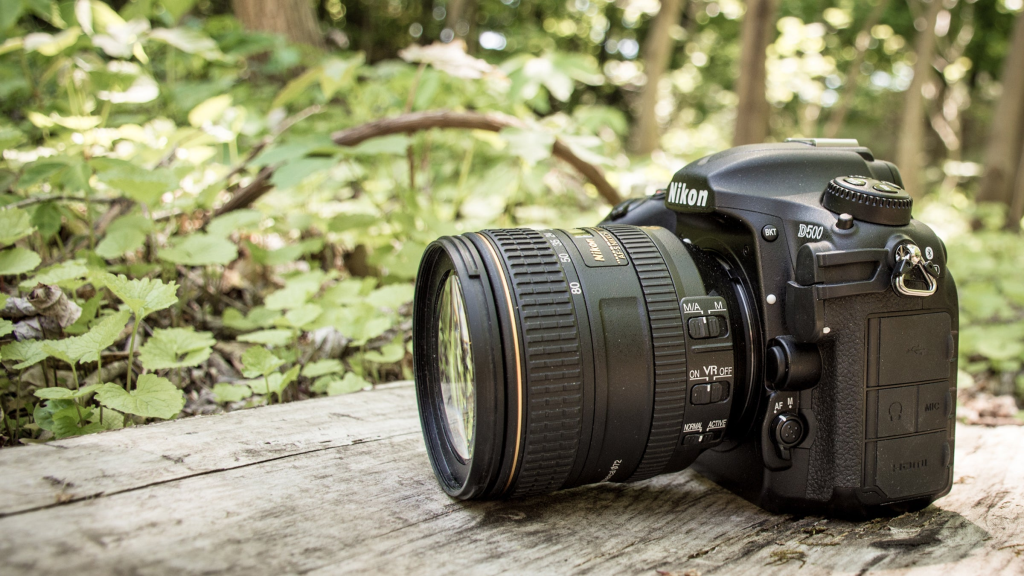
The Nikon D500 stands out as a milestone in the world of APS-C DSLRs.
Launched as the spiritual successor to the D300s, it quickly became a go-to camera for action, wildlife, and sports photographers who needed speed, reliability, and professional-grade features in a more compact body.
The D500 brought high-end autofocus, solid build quality, and advanced connectivity to a broader audience. Its 153-point autofocus system, 10 fps burst rate, and deep buffer set new standards for crop-sensor cameras.
Over the years, the D500 has built a reputation for delivering consistent results in challenging conditions, making it a trusted companion for enthusiasts and professionals alike.
Nikon D500: Who is it for?
The Nikon D500 is not aimed at beginners. This camera targets serious enthusiasts and professionals who focus on action, wildlife, and sports photography. If you need fast shooting and reliable focus in moving scenes, this camera fits your needs perfectly.
Semi-pros and working photographers appreciate the D500 for its professional features without the full-frame price tag. Its speed and tracking abilities make it ideal for those who photograph active subjects but want the extra reach of a crop sensor.
The learning curve is steep for newcomers, with complex menus and many customization options. While experienced photographers love this flexibility, first-time DSLR users might feel overwhelmed.
The D500 works best for photographers who have outgrown entry-level cameras and need more speed, better low-light performance, and tougher build quality for their specific photography style.
Why the D500 Remains a Favorite Among DSLR Enthusiasts
The Nikon D500 has earned its place as a favorite among DSLR users for several reasons. Its autofocus system is unmatched in the APS-C category, delivering fast and reliable tracking for moving subjects.
The camera’s build quality instills confidence, allowing photographers to shoot in harsh environments without worry. The dual card slots offer peace of mind for critical assignments, and the deep buffer ensures you never miss a decisive moment.
- Speed and Responsiveness: 10 fps burst and quick AF make it ideal for action.
- Image Quality: The 20.9MP sensor produces detailed files with excellent dynamic range, suitable for both print and digital use.
- Customization: Extensive button and menu options let users tailor the camera to their workflow.
- Durability: Weather-sealed, magnesium alloy body stands up to professional use.
Design and Build Quality
Nikon built the D500 with a magnesium alloy chassis and weather sealing for use in harsh conditions. The camera feels solid and has a comfortable grip for long shoots. It weighs about 860g fully loaded.
The 20.9MP APS-C sensor (without low-pass filter) works with the EXPEED 5 processor to capture sharp details with excellent dynamic range and color accuracy. In real-world testing, it produces clean files at high ISOs with good shadow recovery, making it versatile for various lighting conditions.
- Magnesium Alloy Body: The tough exterior protects internal components and resists flexing.
- Weather Sealing: Effective against dust and moisture, ideal for outdoor and wildlife photographers.
- Ergonomics: Well-placed buttons, a deep grip, and a tilting touchscreen LCD make handling intuitive.
- Sensor Performance: The lack of a low-pass filter enhances detail, while the sensor’s dynamic range supports versatile editing.
How the D500 Changed Crop Sensor Expectations
The Nikon D500 set a new standard for crop-sensor cameras. Unlike traditional APS-C bodies, which compromised on quality, the D500 delivers performance similar to that of professional full-frame models.
Pro-Level Build and Handling: The D500’s solid magnesium alloy body, deep grip, and weather sealing gave it a premium feel, making it suitable for demanding environments.
Advanced Autofocus and Speed: With its 153-point autofocus system and 10 fps burst rate, the D500 matched or exceeded the capabilities of many flagship cameras.
Image Quality and ISO Performance: The 20.9MP sensor delivered sharp detail, excellent dynamic range, and impressive high ISO results.
Lens Compatibility: Full F-mount support, including legacy and modern lenses, gave users unmatched versatility.
Real-World Shooting Experience with the D500
The D500 shines with fast-moving subjects thanks to its highly responsive autofocus system. The 153-point AF setup covers much of the frame, making it ideal for wildlife and sports by tracking unpredictable movements.
At 10 fps with a deep buffer, the camera captures extended RAW bursts without slowing, perfect for birds in flight or sports action. The bright optical viewfinder with 100% coverage helps you follow subjects with ease.
- Quick Menu Access: Customizable buttons and a user-friendly menu allow for fast adjustments on the go.
- Dual Card Slots: The XQD/CFexpress and SD slots provide flexibility for backup and high-speed shooting.
- Low-Light Performance: The camera handles high ISO settings well, producing usable images even in dim environments.
- Touchscreen LCD: The tilting screen is helpful for shooting at awkward angles and reviewing images quickly.
Nikon D500 Among Its Rivals
| Feature | Nikon D500 | Nikon D7500 | Nikon D7200 | Canon 7D Mark II |
|---|---|---|---|---|
| Sensor | 20.9MP APS-C | 20.9MP APS-C | 24.2MP APS-C | 20.2MP APS-C |
| Autofocus Points | 153 (99 cross-type) | 51 (15 cross-type) | 51 (15 cross-type) | 65 (all cross-type) |
| Burst Rate | 10 fps | 8 fps | 6 fps | 10 fps |
| Buffer (RAW) | 200 | 50 | 18 | 31 |
| ISO Range (native) | 100-51,200 | 100-51,200 | 100-25,600 | 100-16,000 |
| ISO (expanded) | 1,640,000 | 1,640,000 | 102,400 | 51,200 |
| Card Slots | 2 (XQD/SD) | 1 (SD) | 2 (SD) | 2 (CF/SD) |
| Viewfinder Coverage | 100%, 1.0x | 100%, 0.94x | 100%, 0.94x | 100%, 1.0x |
| Build Quality | Magnesium alloy | Polycarbonate | Magnesium alloy | Magnesium alloy |
| Price (Body Only, USD) | $1,599 – $1,997 | $997 – $1,200 | $1,097 | $1,299 – $1,499 |
Reeling It Up
After spending time with the Nikon D500, I’m still impressed by its performance. This camera proves that crop sensors can deliver professional results when paired with the right technology.
The combination of fast autofocus, solid build, and exceptional image quality makes the Nikon D500 review stand out even years after its release.
This camera continues to offer value for photographers who need reliability and speed. The optical viewfinder experience and physical controls provide a connection to photography that many still prefer.
If you’re considering a Nikon D500 review, I recommend trying one in person. Feel the grip, look through the viewfinder, and test the responsiveness. Then, you’ll understand why so many photographers still choose this camera in 2025.
What’s your next photography goal? Let me know in the comments!
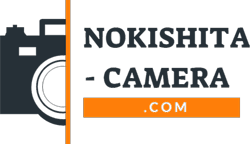
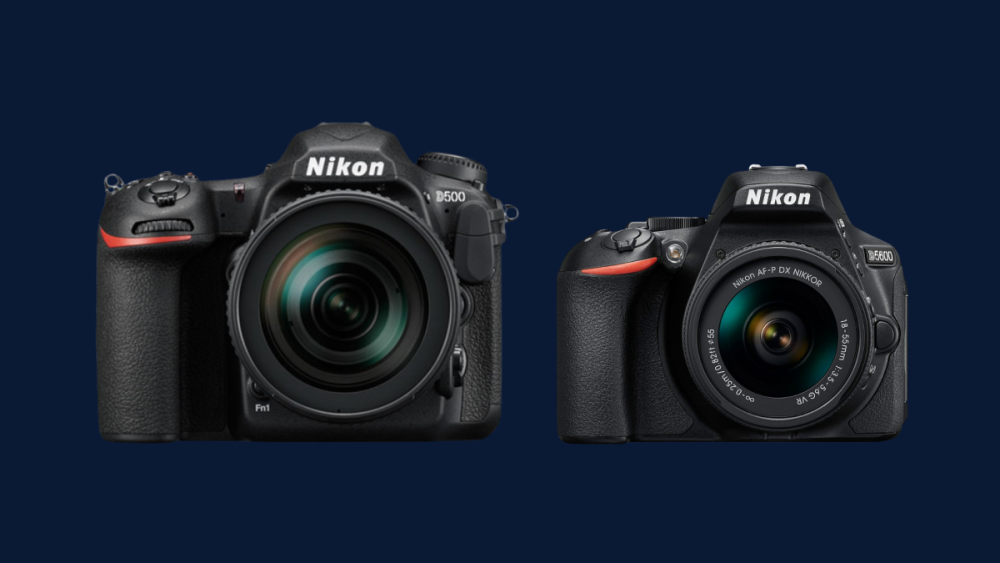
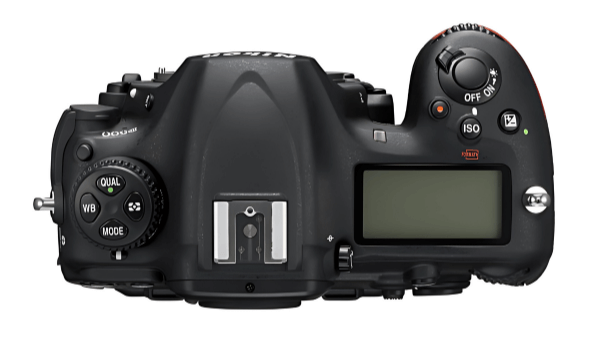
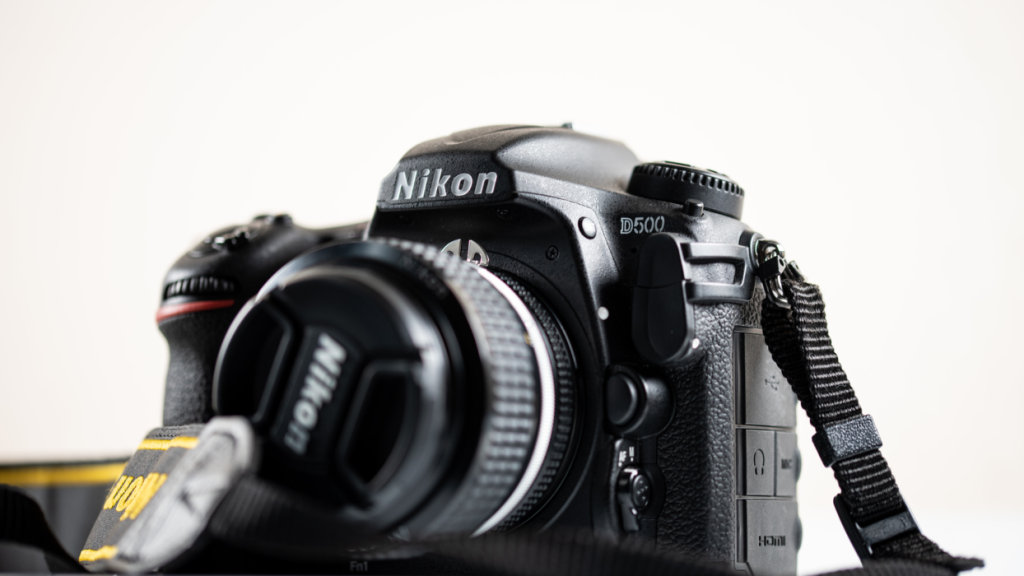
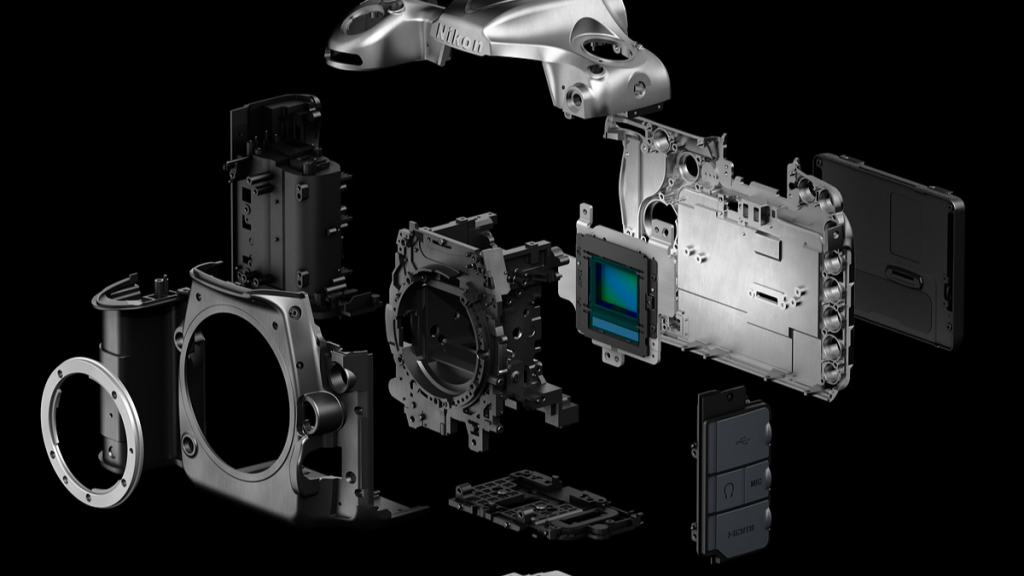
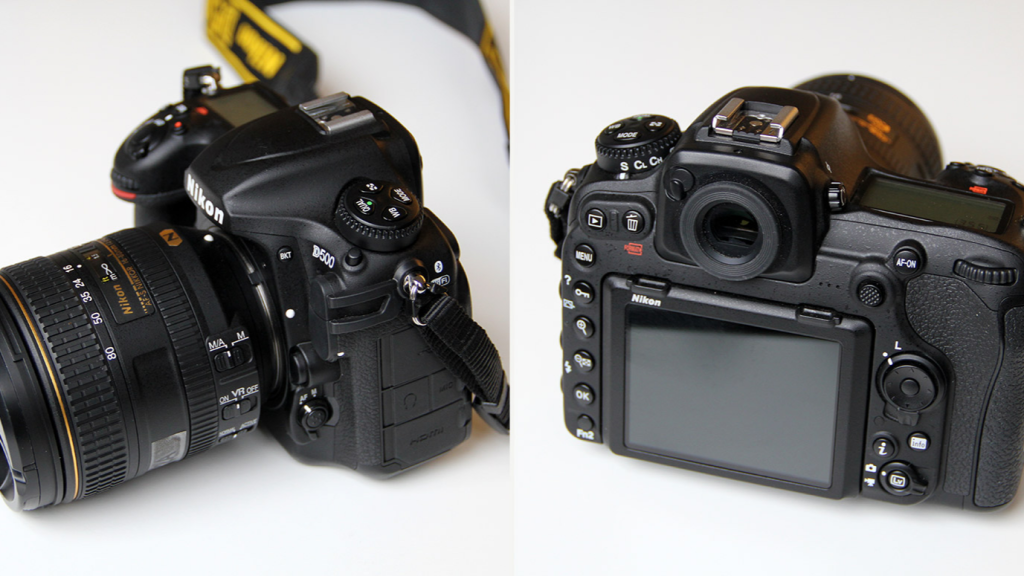

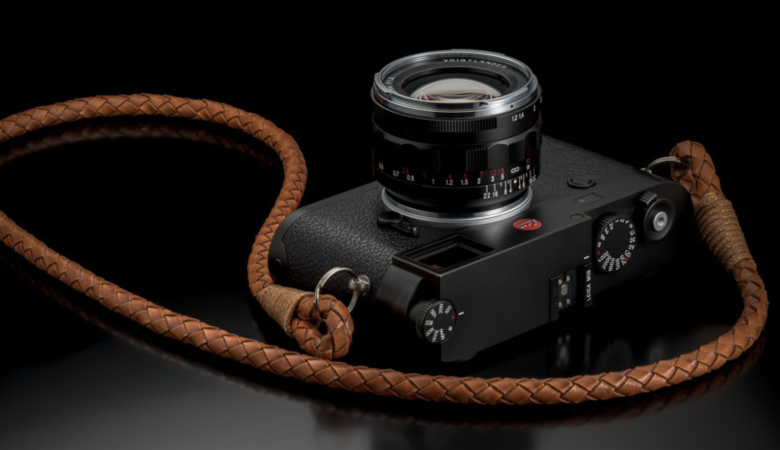


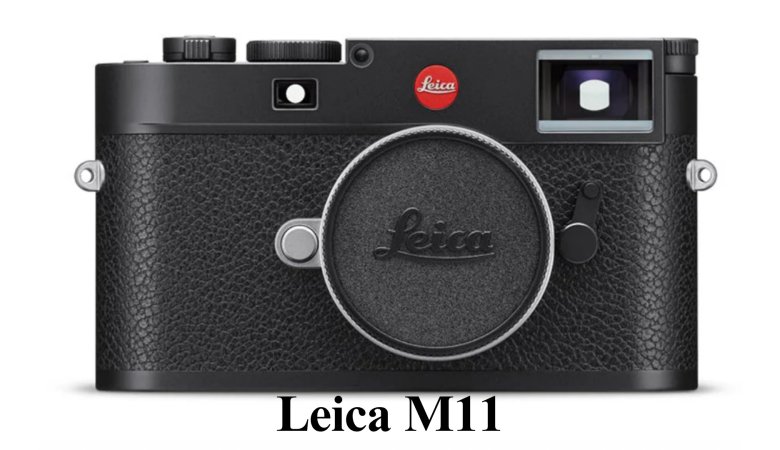
Leave a Reply